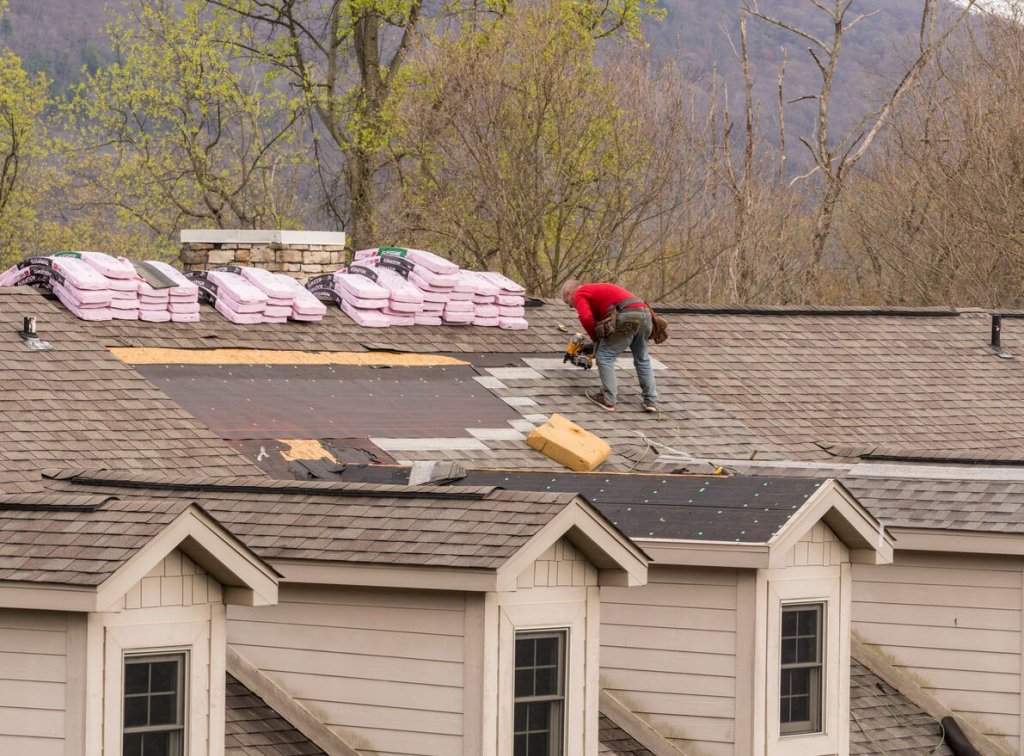Is roofing a dangerous job?
All roof work can be considered dangerous.
Whenever contractors are working from a height more than six feet above ground level, they are at a greater risk to sustain serious injuries from falls, which accounted for over a third of all construction and excavation related deaths in 2020 according to the U.S. Bureau of Labor Statistics.
Roof fall hazards
Falls are by far the most common roofing hazards. Roofing falls may be caused by:
Debris and physical obstacles in the workspace
Slippery surfaces
Lack of guard rails and safety structures
Holes or other damage on the roof surface
Unsafe or improper installation of access devices like ladders and scaffolding
Other common roof work safety hazards
Other common safety issues in roofing include:
Improper use of fall prevention devices or PPE
Unauthorized access
Misuse or malfunction of tools and equipment
Electrocution
Adverse weather conditions
How to improve roof work safety in construction
Following good roofing safety practices significantly reduces the risk of falls and other accidents during roof work.
The following tips can help your crew stay safe while working on roofing tasks.
Use the recommended personal protective equipment (PPE)
Protective gear is essential on the jobsite. For roof work, shoes with traction and non-slip soles are essential, as are universal PPE like hard hats, eye protection, and gloves.
Roof workers may also be obligated to wear some sort of fall protection like a safety harness or tie-off protection depending on project specifics like the height and slope of the roof.
Guardrails and safety nets can be installed as another protective measure.
Work only in safe weather conditions
Adverse weather conditions like rain and snow make working on a roof extremely dangerous. All work should be paused during weather that affects traction or makes it difficult to see clearly.
Keep the roof surface clean and free of debris
Keeping the jobsite clean and clear is a universal construction safety rule, and it is especially important when working on roofing. Conduct a workplace inspection each day before tasks begin to ensure there are no physical obstacles that can lead to slips, trips, and falls.
Tools, equipment, and materials should be properly stored, and any dirt or debris should be cleaned immediately.
Consider giving a toolbox talk on roofing safety before your team begins roof work. You can reinforce guidelines and empower your crew to identify and correct hazards and violations before they lead to incidents.
Monitor progress with a roofing safety checklist
Once work begins, it’s important to continuously monitor progress. A roofing safety checklist helps safety managers and other supervisors make sure the workplace remains as safe as possible.
A checklist will also remind them to confirm all workers are using their PPE and fall protection equipment properly.
Roof access equipment
Contractors need to keep safety in mind not just when working on a roof, but also when accessing it.
If they are using ladders or scaffolding to access a roof, they may also want to use a ladder safety checklist or scaffolding checklist to review the installation and application of this type of equipment.

